Throughout human history, healing traditions have emerged from countless cultures, each offering unique insights into health and wellness. What’s fascinating is watching how modern science continues to validate many of these ancient practices. Today’s researchers are discovering that our ancestors might have been onto something profound when they developed their healing methods.
From the precision of Traditional Chinese Medicine to the holistic approaches of Ayurveda, ancient practices are finding new life in contemporary medical research. Let’s explore how these time-tested traditions are earning scientific credibility and transforming modern healthcare.
Acupuncture: Piercing Through Skepticism

You’ve probably heard the debates about whether acupuncture actually works, yet evidence from multiple systematic reviews of high-quality clinical trials indicates that acupuncture is effective when it comes to pain relief. This ancient Chinese practice, which involves inserting thin needles into specific points on the body, has moved far beyond alternative medicine circles into mainstream healthcare settings.
Modern neuroscience research reveals that acupuncture affects multiple systems in your body. The needles stimulate nerve pathways that release endorphins and other neurotransmitters, providing natural pain relief. Acupuncture remains a contentious subject among Western doctors, though many agree it’s effective at treating some symptoms. What’s remarkable is how this 2,500-year-old practice continues to find validation in our most advanced medical facilities.
Meditation and Mindfulness: Rewiring the Brain

Research over the past two decades broadly supports the claim that mindfulness meditation – practiced widely for the reduction of stress and promotion of health – exerts beneficial effects on physical and mental health, and cognitive performance. Modern neuroscience has unveiled exactly what happens inside your brain during meditation, revealing measurable changes in brain structure and function.
It has been shown to induce neuroplasticity, increase cortical thickness, reduce amygdala reactivity, and improve brain connectivity and neurotransmitter levels, leading to improved emotional regulation, cognitive function, and stress resilience. These findings explain why meditation practices, rooted in ancient Buddhist traditions, are now prescribed in hospitals and medical centers worldwide for everything from chronic pain to depression.
Turmeric and Curcumin: The Golden Spice Validated
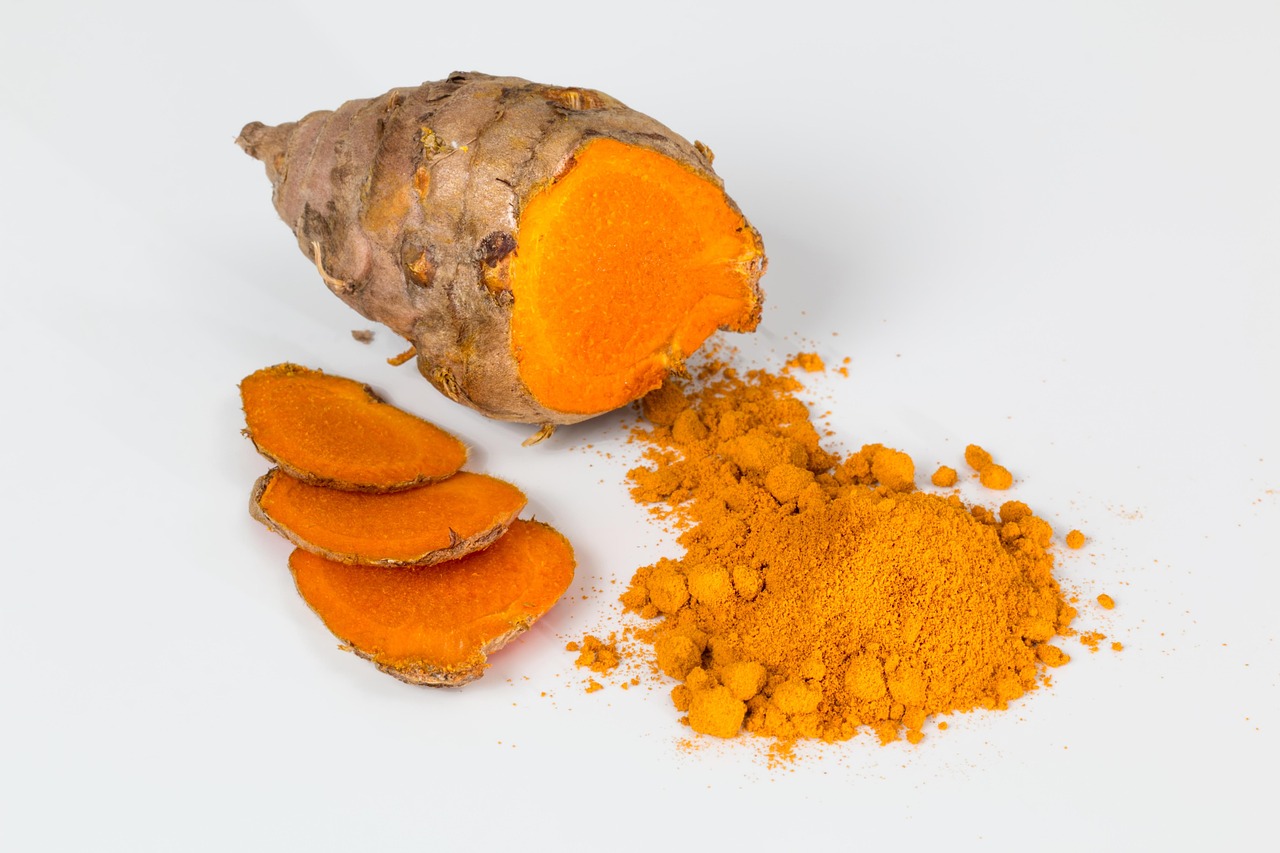
The rhizome of turmeric (Curcuma longa L.) has been used as an herbal medicine, coloring agent, spice, and food additive for thousands of years in different parts of the world particularly in Asian countries. It has been used for a range of diseases in many traditional medical schools, including Islamic traditional medicine, Chinese traditional medicine, and Ayurveda.
Today’s research confirms what traditional healers knew intuitively. Therapeutically, curcumin exhibits promising potential in preclinical and clinical studies and is currently in human trials for a variety of conditions, including metabolic syndrome, nonalcoholic fatty liver disease, rheumatoid arthritis, migraine, premenstrual syndrome, ulcerative colitis, knee osteoarthritis, polycystic ovarian syndrome, atherosclerosis, liver cirrhosis, amyotrophic lateral sclerosis, depression, psoriasis, and Alzheimer’s disease. The active compound curcumin demonstrates powerful anti-inflammatory and antioxidant properties that modern medicine is still working to fully understand.
Willow Bark: Nature’s Original Aspirin

At least 4,000 years ago, bark from the willow tree was used as a pain reliever and an anti-inflammatory, by Sumerians and Egyptians. In later years, it was used to ease the pain of childbirth in ancient Greece and cure fevers. This ancient remedy laid the foundation for one of the world’s most commonly used medications.
In 1897, Bayer chemist Felix Hoffmann synthesized aspirin and the drug has gone on to improve, and save, the lives of millions of people every day – with multiple benefits including preventing heart attack or stroke, improving blood pressure, and relieving pain and swelling. Aspirin is now one of the most used drugs in the world. Your medicine cabinet likely contains this ancient remedy in its modern form.
Yoga: Ancient Movement for Modern Bodies

Yoga has traveled an incredible journey from ancient Indian ashrams to modern medical facilities. Evidence from over 20 clinical trials indicates that yoga is effective in improving pain and back-related function in chronic non-specific lower back pain. Physical therapists and physicians now regularly prescribe yoga for various conditions.
The practice combines physical postures, breathing techniques, and meditation in ways that modern research shows can reduce inflammation, lower blood pressure, and improve flexibility and strength. What makes yoga particularly compelling is its holistic approach, addressing both physical and mental well-being simultaneously. This ancient system seems perfectly designed for our stress-filled modern lives.
Traditional Chinese Medicine: Pattern Recognition in Healthcare
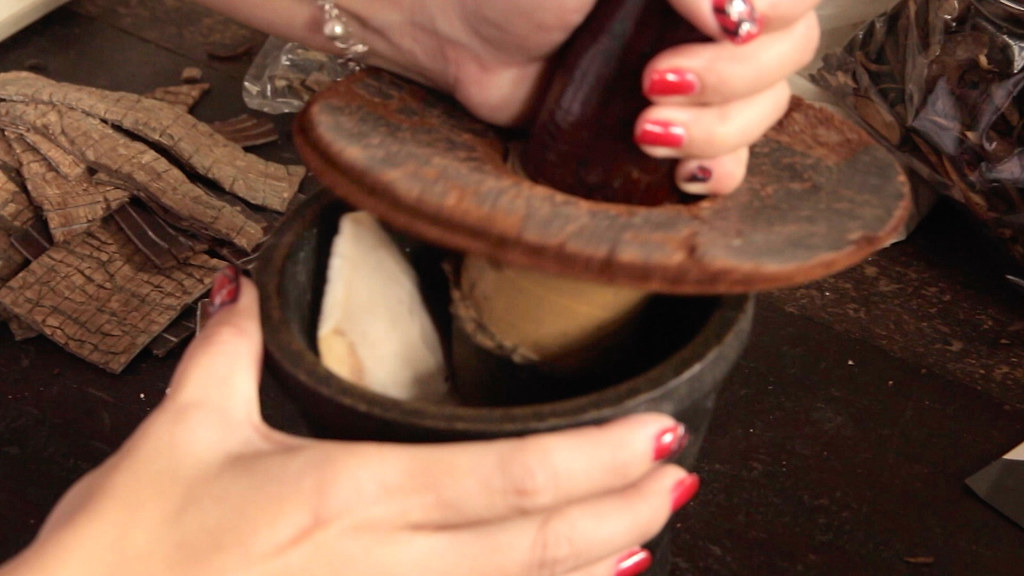
TCM is based on over 2,000 years of medical practice and experience, and is rich in data from “clinical experiments” which guarantee its effectiveness and efficacy. Traditional Chinese Medicine operates on principles that seemed mystical to Western medicine but are now revealing their scientific foundations.
It is notable that there is increasing convergence between TCM and modern medicine. With the development of modern technology, it has become possible to determine the pharmacology and mechanisms of action of many Chinese herbs, and TCM has become comprehensible in terms of modern medicine. Techniques like pulse diagnosis and tongue examination are being studied for their potential diagnostic value in contemporary healthcare settings.
Ayurveda: Ancient India’s Holistic Medicine
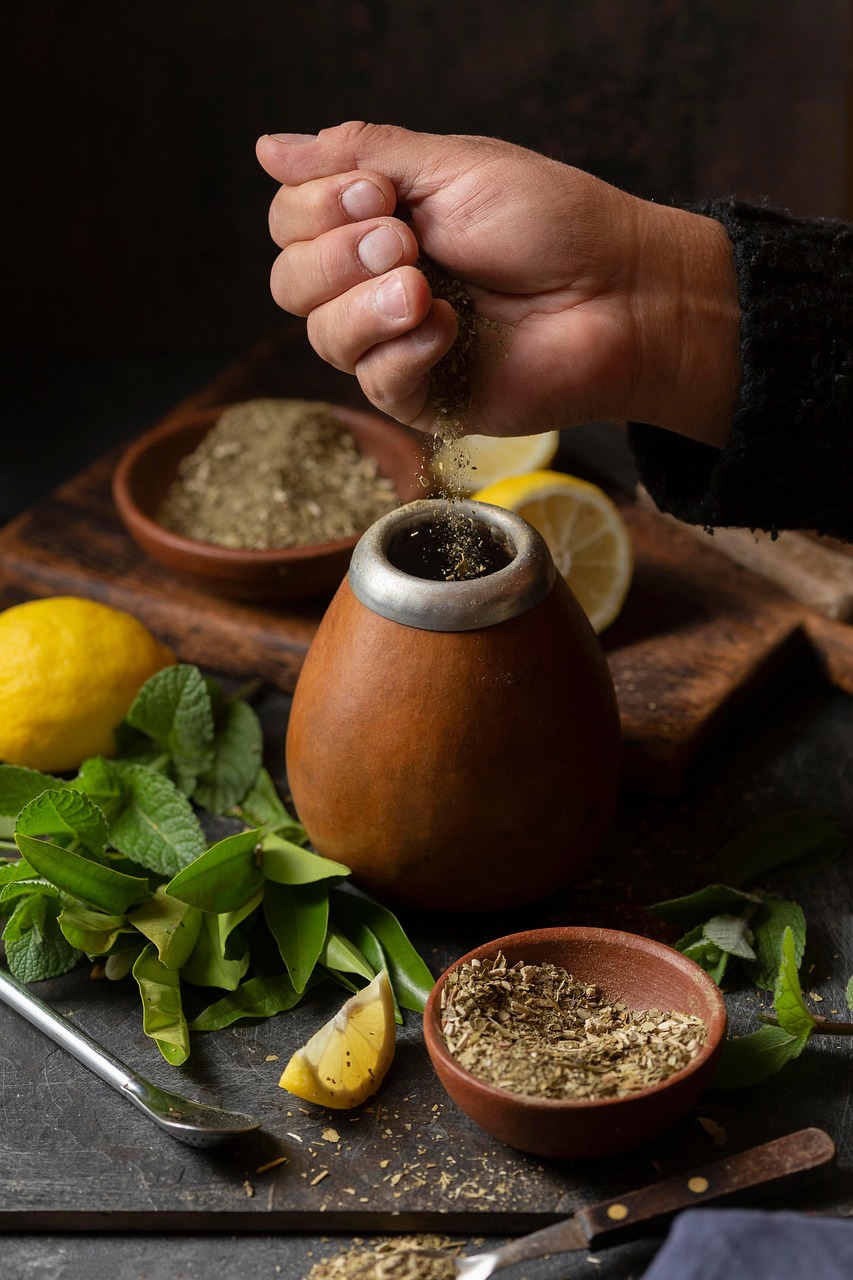
Dr Wieland talks about how exposing babies with jaundice to sunlight – a timeless ayurvedic practice – corresponds to the modern medical treatment of phototherapy. This example perfectly illustrates how Ayurveda’s intuitive understanding of natural healing processes aligns with modern medical knowledge.
Ayurvedic medicine views health as a balance between mind, body, and spirit, using personalized treatments based on individual constitution types called doshas. Modern integrative medicine increasingly recognizes the value of this personalized approach, particularly as we understand more about individual genetic variations and their impact on health and treatment responses.
Forest Bathing: Prescription for Nature Immersion
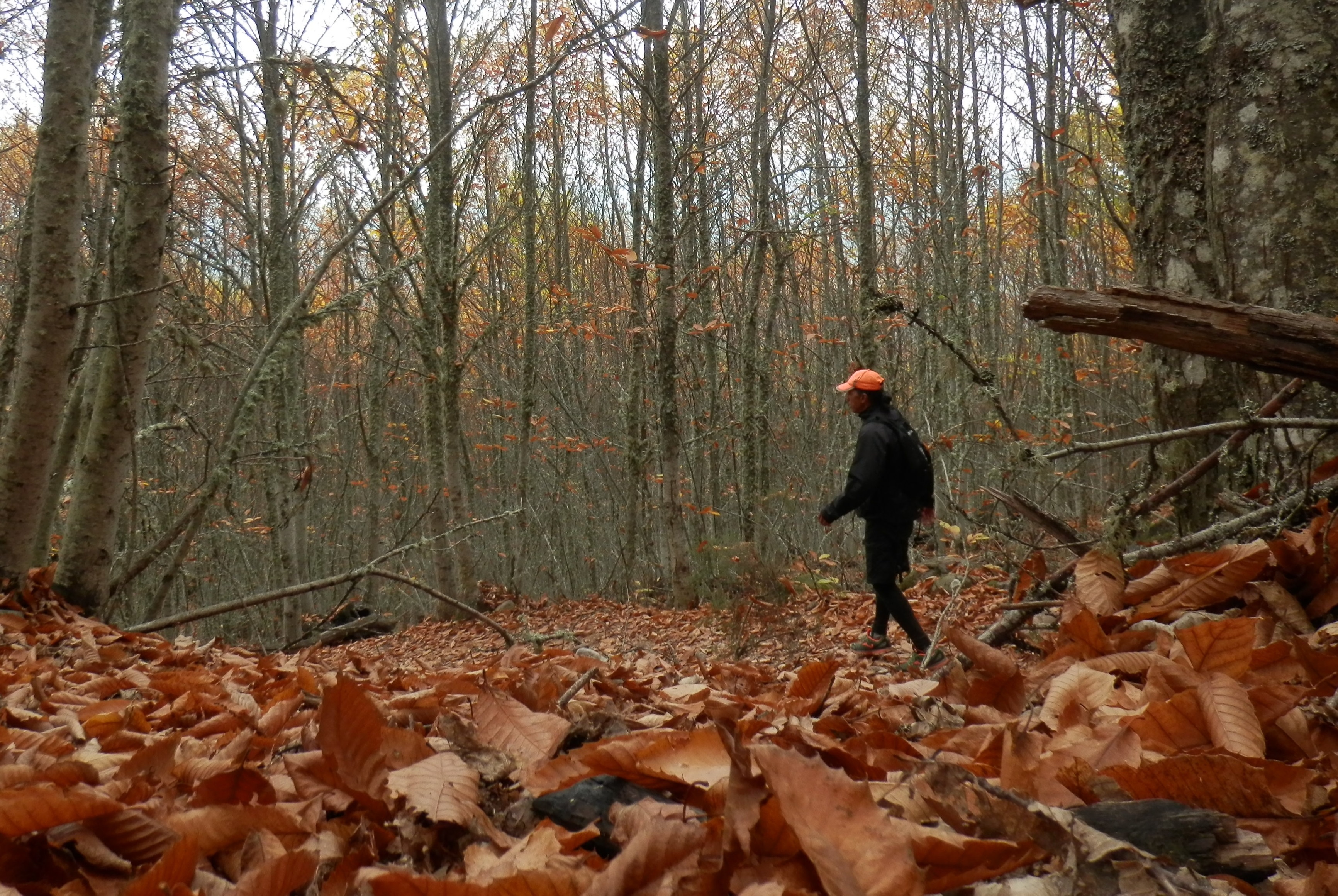
The Japanese practice of shinrin-yoku, or forest bathing, involves immersing yourself mindfully in natural forest environments. While this might sound like a modern wellness trend, it’s actually rooted in ancient understanding of nature’s healing power. Research now shows that spending time in forests can reduce stress hormones, boost immune function, and improve overall well-being.
Studies reveal that trees release compounds called phytoncides, which have antimicrobial properties and can enhance your natural killer cell activity when you breathe them in. This ancient practice of connecting with nature is now being prescribed by doctors in some countries as a legitimate form of preventive medicine, proving that sometimes the best medicine might be a walk in the woods.
Probiotics: Fermented Foods as Medicine
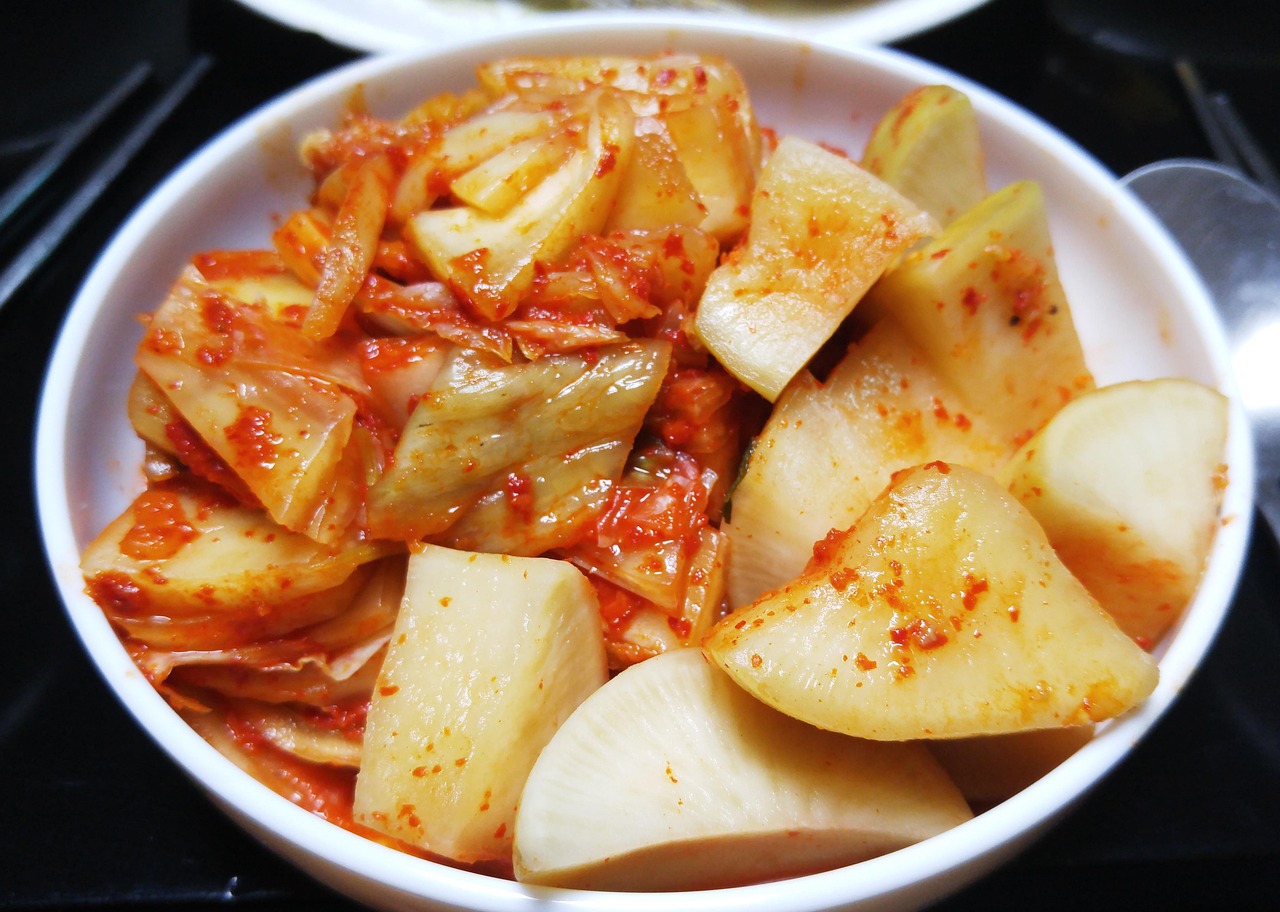
Long before anyone understood gut bacteria, cultures worldwide were fermenting foods for both preservation and health benefits. From Korean kimchi to German sauerkraut, these fermented foods provided beneficial bacteria that supported digestive health. Your ancestors unknowingly created powerful probiotic supplements through traditional food preparation methods.
Modern research reveals that your gut microbiome plays crucial roles in immunity, mental health, and overall wellness. Scientists are now studying traditional fermented foods to understand how these age-old practices supported human health. The ancient art of fermentation turns out to be sophisticated biotechnology that modern medicine is still working to replicate and improve upon.
Bloodletting’s Modern Descendant: Therapeutic Phlebotomy
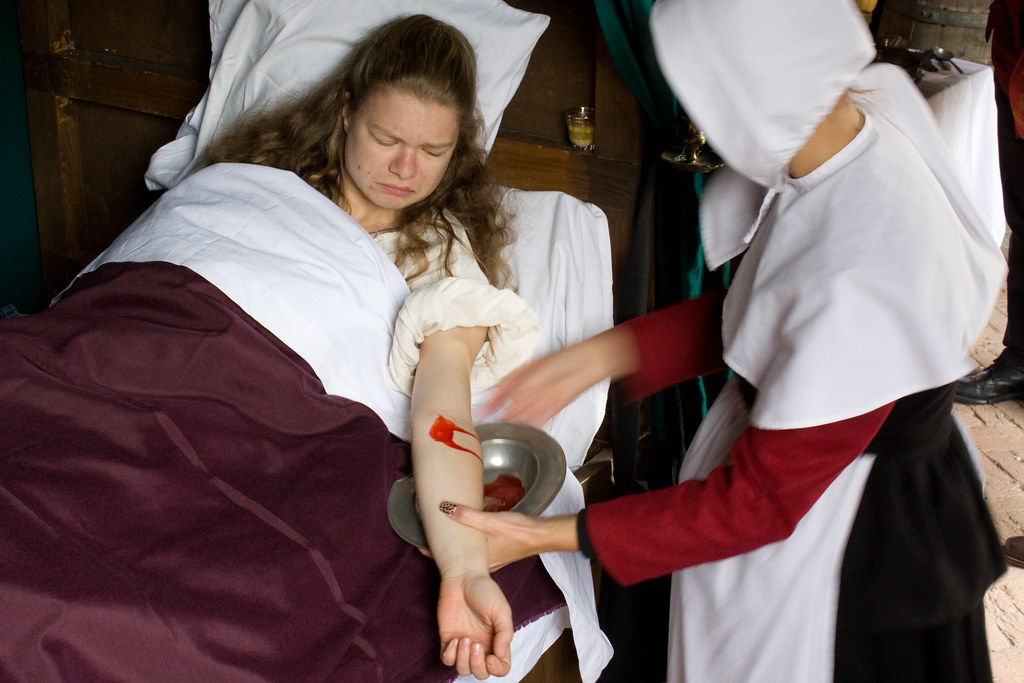
While medieval bloodletting was often harmful and based on flawed theories, the core concept has found legitimate applications in modern medicine. Therapeutic phlebotomy is now used to treat conditions like hemochromatosis, where your body stores too much iron, and polycythemia, where you produce too many red blood cells.
This practice demonstrates how ancient techniques, when refined through scientific understanding, can become valuable medical tools. Modern bloodletting is precise, targeted, and based on clear medical indications rather than the broad application of historical practices. It shows how traditional methods can evolve into evidence-based treatments when properly understood and applied.
Throughout history, humans have sought ways to heal themselves and maintain health. What we’re discovering through modern research is that many ancient practices contained kernels of profound wisdom about the human body and mind. While not every traditional remedy stands up to scientific scrutiny, the ones that do often reveal sophisticated understanding of healing principles that took modern science centuries to validate.
The integration of ancient wisdom with modern medical knowledge offers exciting possibilities for more holistic, personalized healthcare. Rather than dismissing traditional practices, the best approach seems to be investigating them with rigorous scientific methods to separate effective treatments from mere folklore. What ancient practice do you think might surprise modern medicine next?

Jan loves Wildlife and Animals and is one of the founders of Animals Around The Globe. He holds an MSc in Finance & Economics and is a passionate PADI Open Water Diver. His favorite animals are Mountain Gorillas, Tigers, and Great White Sharks. He lived in South Africa, Germany, the USA, Ireland, Italy, China, and Australia. Before AATG, Jan worked for Google, Axel Springer, BMW and others.




